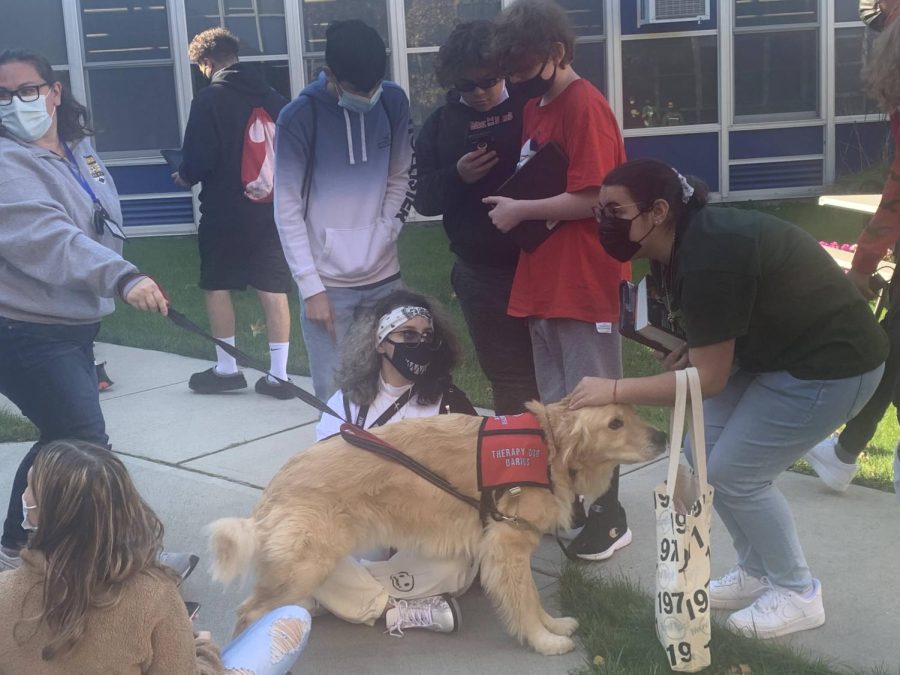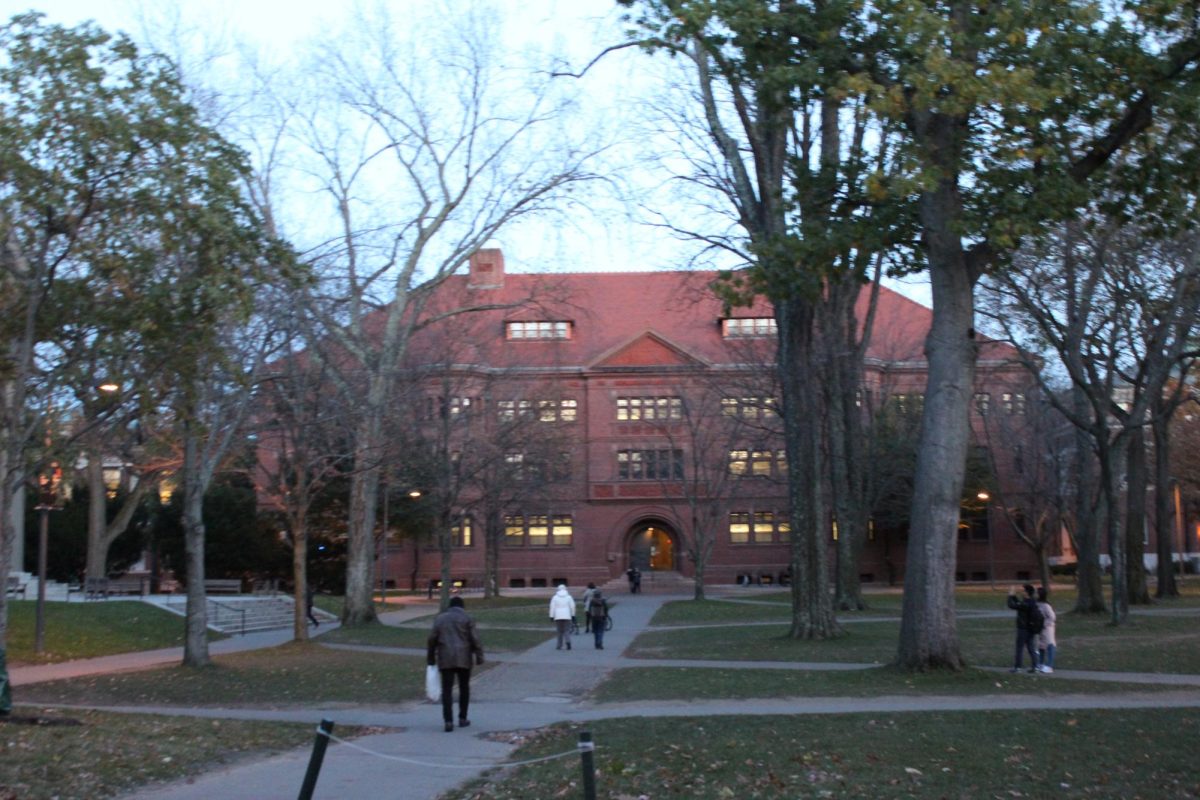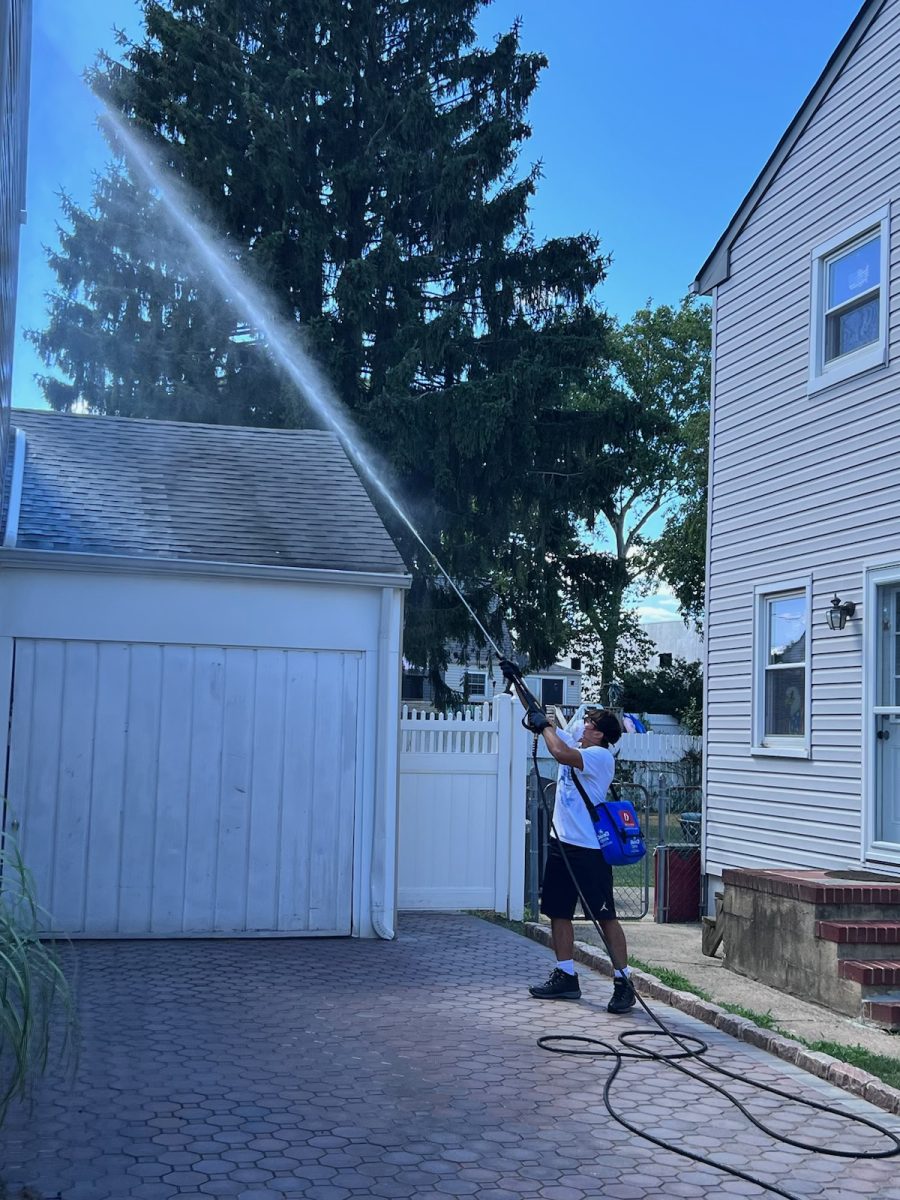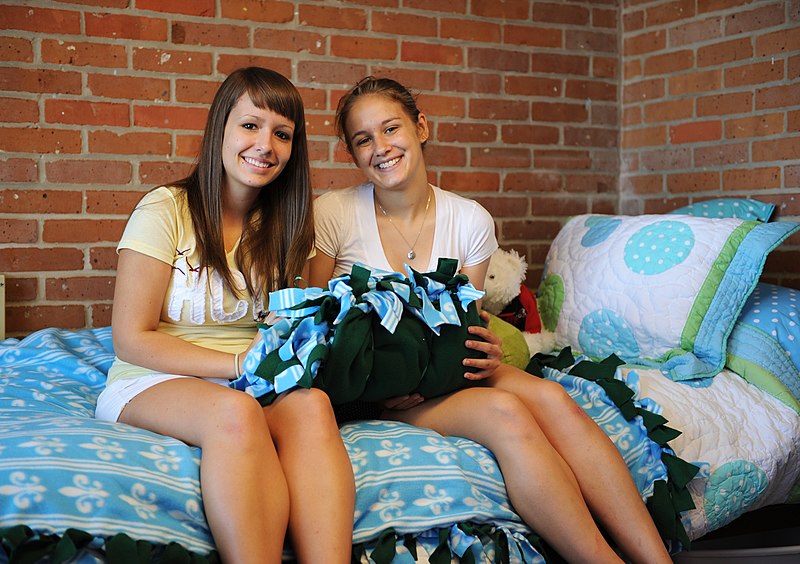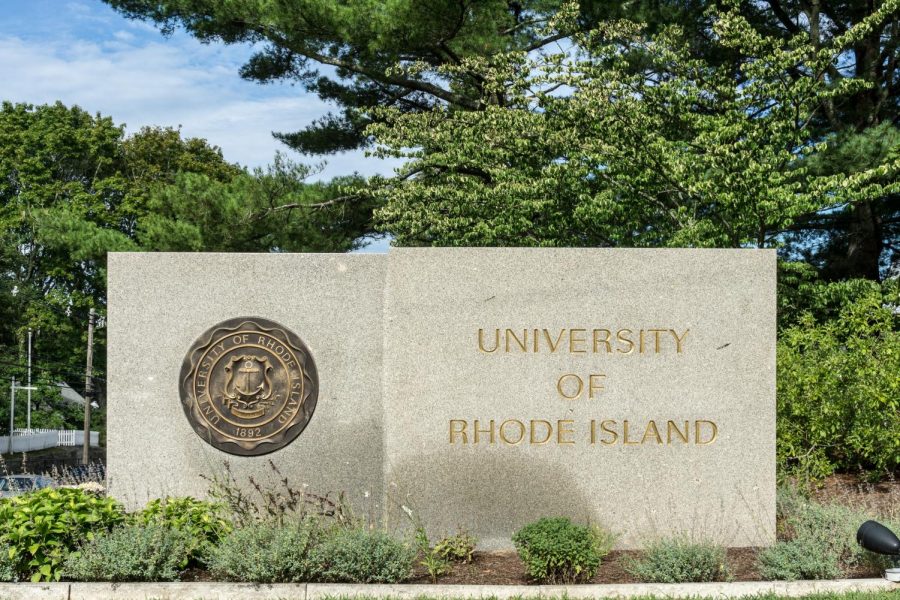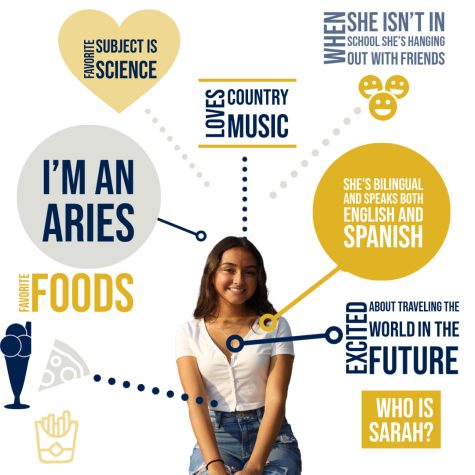Colonia High School implemented the Social Emotional Learning (SEL) Program during last year’s 2020-2021 school year, but thoughts over whether or not the program is really being effective or not have started to bring up the question, “Is SEL really effective?”
What is SEL?
SEL is a program many school districts are using from grades K-12. It’s used to promote strong mental health with students and staff. It also creates a closer and more connected environment in school.
The school’s SEL curriculum was chosen by the Woodbridge Township Director of Special Services, Julie Bair, and was designed to be taught by classroom teachers. The program has drastically changed in terms of how it is taught since last year’s remote learning surveys on Wednesdays. It will be continuous in the following school years to come.
Rethink ED is the program Woodbridge Township purchased for this year’s SEL training. At Colonia High School, SEL training takes place twice per week normally on a Wednesday and Friday. Each lesson takes can last about 30 minutes. SEL training rotates each week so that the same class is not disturbed each week. However, about an hour of instructional time is lost each week to substitute in SEL training.
According to the Education Week article With U.S. Aid Money, Schools Put a Bigger Focus on Mental Health, “The pandemic relief to schools totals $190 billion, more than four times the amount the Education Department typically spends on K-12 schools annually. Mental health investments have gone into staff training, wellness screenings and curriculum dedicated to social-emotional learning.” With this money, some districts across the nation are hiring new mental health specialists, more social workers, psychologists, behavioral analysts and counselors.
Concerns
After the first couple months of teaching SEL, many faculty and students have had complaints. As a result, multiple faculty members have gone to school counselors to voice their concerns.
“They don’t feel that they are qualified or that this is their training, and not what their degree is in,” said SAC Counselor Mrs. Giordano when asked what recurring complaints she has directly heard from staff in the building. Some teachers worry are they doing more harm than good.
Solutions to fix these concerns have not been addressed. The program was in fact created for teachers to explain the material not counselors and will continue on this way. More training for teachers is needed to help them feel more equipped.
“In order to push this out, it is designed and sent to faculty from our school counselors. We need our staff just like we need 1340 students to embrace any type of change that happens in this school. It can’t just be by a small group. We all have to embrace the possibilities and opportunities that are out there,” explained Vice Principal Mr. Panko when brought up the idea to have counselors, rather than teachers, teach the advice portion of the SEL lessons.
Ms. Giordano’s response to teachers who claim that giving advice to their students isn’t part of their training is that, “We are educators and our job is to work educating students. I’ve had kids come down and I’ve had to teach them how to tie their own shoes, show them how to tell time, or help them with their study skills even though I don’t specialize in that, but I do everything I can to help them. Part of being an educator is being a role model and to be helpful and be there for kids, even though it’s not always in a curriculum.”
How do the students feel about SEL?
On the other spectrum of Colonia High’s members is how the students feel about this program. Students have voiced their opinion on if the lessons are accurately helping them or not.
“I don’t necessarily hate it, but I don’t think it’s that effective. I don’t think it does anything for us mentally wise,” said Colonia High School senior, Jackie Poznanski.
On the other hand, Junior Joseph Sanfilippo thanked Vice Principal Mrs. Murphy for the SEL program. He feels it is important for people to normalize discussing their feelings so they can get to a state of self-awareness.
Participation
Not all students are participating in the teacher-lead classroom discussions which is another problem that seems of major concern. Low participation could tamper with the whole point of the program in the first place.
Many teachers with larger classes or mixed grade classes find that students are not willing to share, discuss, or participate in the activity or discussion. Sharing a traumatic event or a fear with the whole class is a difficult task for most students. A number of teachers have resorted to sharing their own personal experiences to try to prompt class discussion whereas other teachers feel uncomfortable sharing personal information.
“Some schools are having homeroom teachers teach the lessons, but students don’t have a connection to them or their homeroom classes and they have no consequences if they don’t decide to participate, either. Some classroom teachers are including these in the grades, which helps with participation. Ultimately, that’s on each teacher to get their students involved,” said Giordano.
Why are we even using SEL?
The SEL program transitioned from online to in-person to make it easier on all school members. Students have experienced loss, fear, frustrations, unemployment and some even homelessness. Schools are trying to give students the coping skills to handle these issues.
The only class at Colonia High School to have experienced a “normal” full school year of high school is the senior class. Districts across the country realize schools need to help all students get back to “normal” or to the “new normal.”
“But at the end of the day, there are some kids who are never gonna take it seriously. We are hoping that even if we reach one student the program will help,” added Counseling Director Cheryl Galvin in response to how to ultimately get students to participate more.



